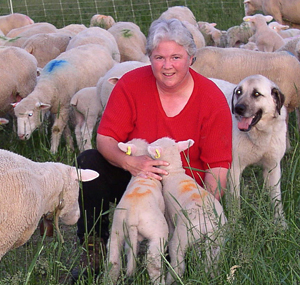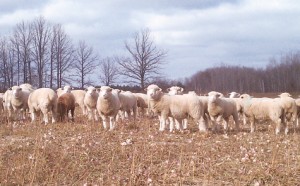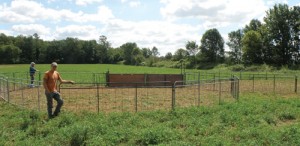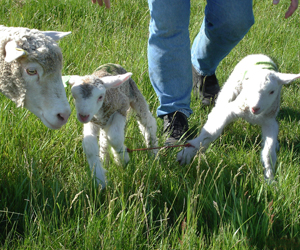By Janet McNally
Hinckley, Minnesota—In past articles I’ve described how much more productive my managed pastures have been compared to the continuously grazed pasture right across the fence line.
I’ve also told how much more productive and drought-tolerant my pastures have become since I moved toward a mob-grazing system with more frequent moves and longer (six- to eight-week) rest periods. I always attributed the improvement to deeper roots and better plant vigor, both of which tend to be true when plants have longer rest periods. Continue reading “If you want to build topsoil, try bale grazing”





